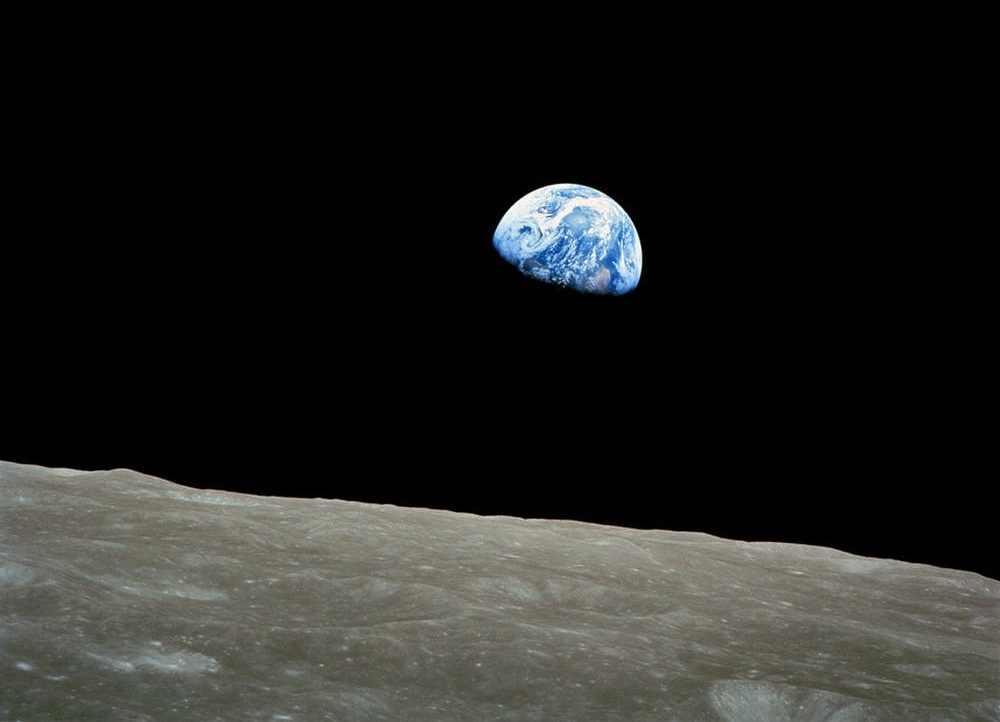The $300 Billion Fantasy To Save The Climate Needs to Be Debunked, Now
 A $300 billion Makeover? No way!
A $300 billion Makeover? No way!
A report that appeared in Bloomberg on October 23, 2019, quoted UN climate scientists as saying that it would take all of $300 billion to give the world another 20 years to fight global warming. It’s a report , and a number that has suddenly gained traction in early 2020 now, for reasons that are best left unexplored. Perhaps because the media group chose to share it again on January 1, like a piece of good news in the new year. Bad idea.
$300 billion. That’s the amount of money needed to stop the rise in greenhouse gases and buy up to 20 years of time to fix global warming, according to UN climate scientists https://t.co/htUWOoTDtF
— Bloomberg (@business) January 1, 2020
But it is important to take both the $300 billion number , and the premise behind it, with a fistful of salt for very obvious reasons. But first, the premise itself. The basic premise of this claim is the contention that by placing carbon back in the soil, or carbon storage at a massive scale by restoring some 900 million hectares of the world’s estimated 2 billion hectares of degraded land, the world can effectively lock in enough carbon to give itself another 20 years.
We find it incredible that such hypothetical premises even find mention as the end all solution. There is no disputing that carbon capture by growing afforestation, or restoration of wastelands is among one of the most critical routes to fighting climate change, or overall environment degradation, as we see it. But the other contributors to both of these issues, be it our energy sources, our exploitative resource usage, be it water, minerals or even land, need to be relooked too.
The $300 billion figure, which has been helpfully placed in context as the GDP of Chile, or the 60 day spend in the global military spends, is what has made the idea catch attention. We can add another comparison here. This tweet, from the same media group.
The wealthiest people in the world gained about $1.2 trillion in 2019. https://t.co/7hivmiw3cZ pic.twitter.com/IdvJDshrpq
— Bloomberg TV (@BloombergTV) January 2, 2020
It needs to be understood here that the long term fight for conservation, and lately against the climate emergency is built on the need for fundamental shifts in our attitude to the Earth’s resources. That includes our energy policies, (shifting away from fossil fuels), agricultural practices (better evaluation of the use of fertilisers, pesticides and their impact on ecosystems), and Industrialisation. Planting more trees is an option, while good, by no means enough. At any scale. Because, for one, it offers no guaranties, and secondly, the scale at which it needs to be done, even according to the UN scientists quoted , is simply too big to happen.
Much like the reports that promised a huge drop in green house gas emissions by shifting from meat eating to vegetarian diets. These changes simply cannot happen just like that. You only need to spend a few hours in any street in China or even the US, to realise that the removal or reduction of meat from diets is a task unlike any other.
Incidentally, even this $300 billion land recovery option suggests a controversial method, to increase the use of fertilisers in ‘appropriate’ amounts for these lands. This, at a time when countries like India are pushing hard for ‘natural farming’ methods, reeks of Industry lobbying yet again, to profit from every crisis, and not offer long term solutions.
What the Earth needs are long term, sustainable course corrections, and not promises of quick fixes which offer no guarantees, while giving a free pass to continue life as usual elsewhere.
Reports like these are clickbait and nothing more. People serious about battling climate change, or the environmental degradation that is all too visible all around us, need to understand and see them for what they are.




